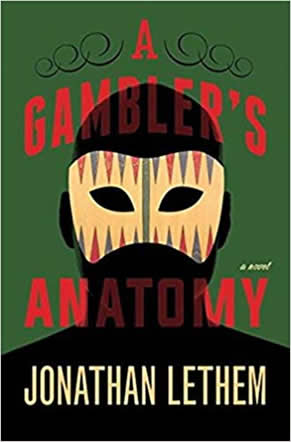I’ve just finished reading a review by Kurt Andersen of Jonathan Lethem’s new book A Gambler’s Anatomy in the New York Times Book Review Section.
Andersen wrote that he likes Lethem’s “fundamental literary ratios—plot-to-pensées, comedy-to-tragedy—and the prose is a pleasure, lucid sentences that swerve and surprise without being show-offy”.
Andersen’s statement is a condensed and concise lesson in writing fiction.
Plot-to-Pensées (Plot-to-Reflection or Thought) — Pure plot novels, no matter the twists and turns, are mechanical. No matter the content, a heavily plot novel is predictable. The most obvious example of this predictability are Romance Novels. Read one and you’ve read them all. They are without thought or reflection because pensée would get in the way of the titillation. A moment’s reflection would strip the fantasy of its power and drain the reading of any purpose or pleasure. There is a need for plot to shape and control the narrative. But plot alone is like a skeleton without a face.
